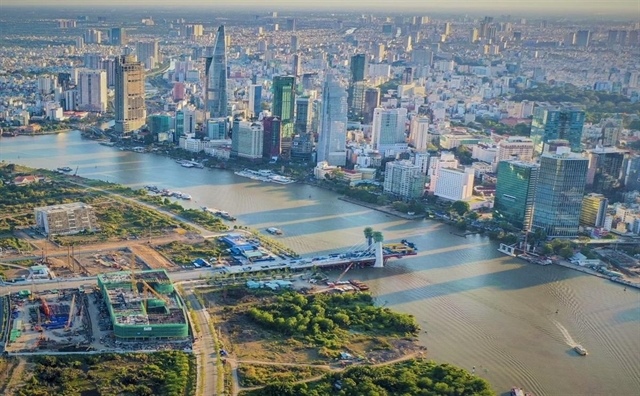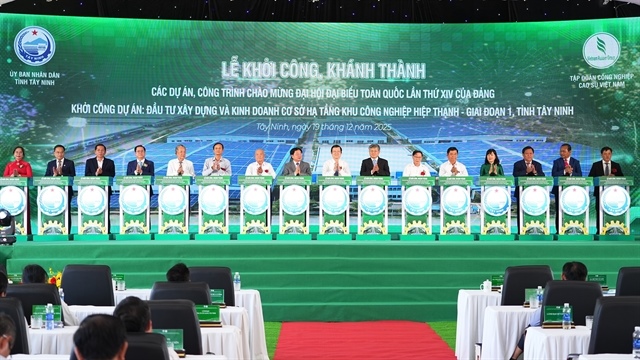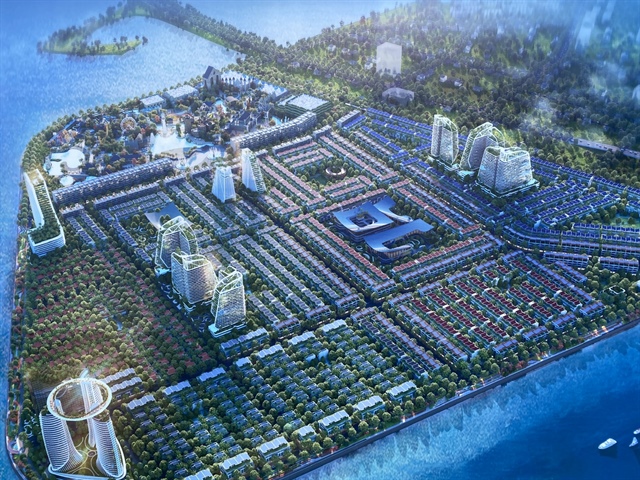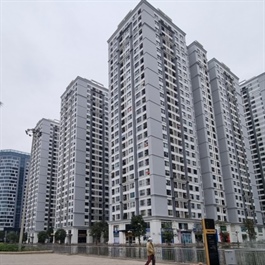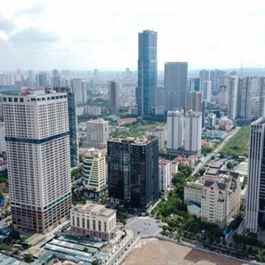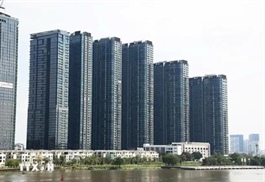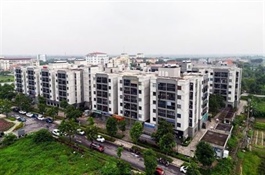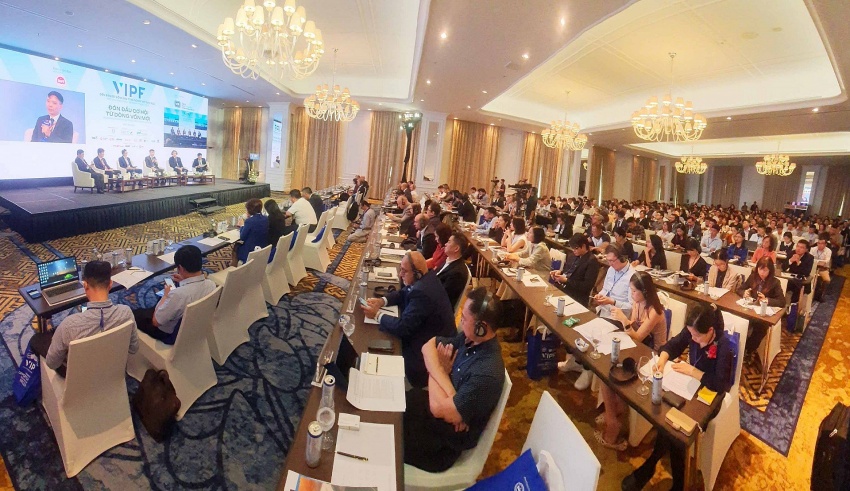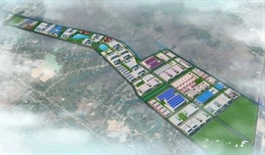Vietnam must retain its competitiveness
Vietnam must retain its competitiveness
Although there are still some concerns from foreign-invested enterprises, Vietnam, Thailand, and Malaysia are still chosen by many investors, in which Vietnam is the country that offers the most opportunities.
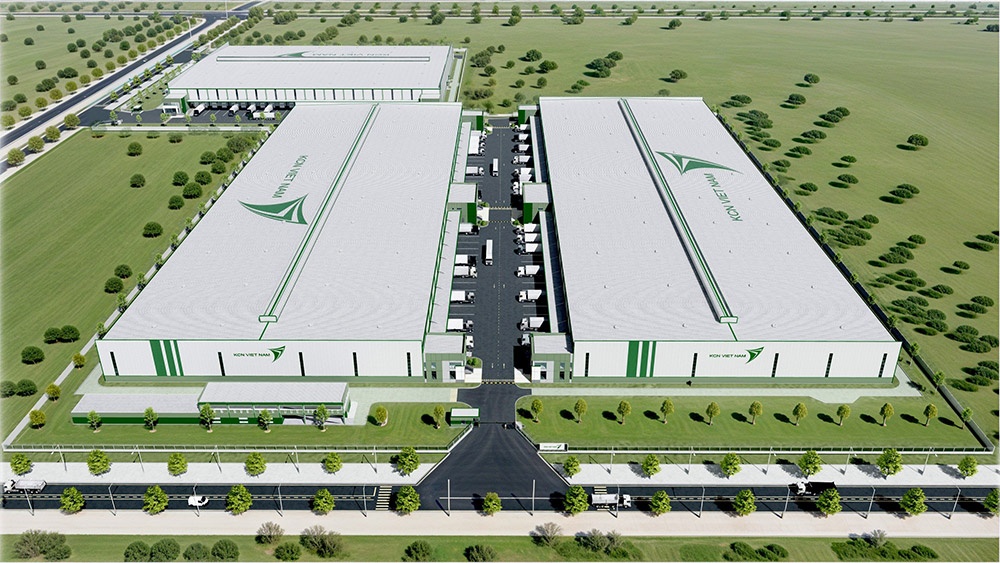
Thailand and Malaysia have the advantage of open investment policies, incentives, and highly skilled labour, while Vietnam has the potential to compete and develop in the long term, thanks to low implementation costs and abundant labour.
In 2023, when GDP growth was low and exports decreased by 13 per cent, cut-off power still occurred and affected a number of industrial parks (IPs). However, Vietnam’s GDP has grown again, and exports increased by 15 per cent in the first six months of 2024. All of those are fundamental factors for industrial real estate to take off.
According to JLL research, some developers in Vietnam focus mostly on factories and warehouses, and some warehouse supplies are shifting according to market demand. The supply and occupancy rate of the warehouse and rental factory system reached more than 90 per cent over the past 18 months, although domestic consumption growth has slowed somewhat.
But with foreign direct investment flows into the Vietnamese market on an upward trend, better results are being recorded in all regions.
Meanwhile, industrial real estate projects account for the largest proportion of real estate projects with green certifications. Developers are also actively expanding types of green certification to leverage the market.
More than 300 projects were certified with green certifications from the likes of LEED, EDGE, and others in 2023, an increased from 150 projects in 2019. In 2023, among LEED-certified projects, IP and logistics projects are leading with 71 per cent, the office rental sector is second with 21 per cent, and followed by hospitals with 7 per cent, with the remainder in the education, residential, and retail sectors.
Among EDGE-certified projects, 38 per cent are industrial and logistics parks, 16 per cent are residential, 13 per cent are offices, and there is 9 per cent each in education and hospitals.
The industrial land market in the north has been quite dynamic. Within the last 12 months, the market welcomed nearly 1,600 hectares of new supply, along with good absorption rate and stable price increases. On the other hand, indicators in the southern region are not as positive due to the lack of additional land for lease.
The ready-built factory market is gradually recovering after a challenging period and is growing in a stable manner thanks to positive signals from the manufacturing sector and attracting foreign investment. Meanwhile, ready-built warehouses are still in a sideways development phase and facing challenges of supply-demand balance.
Regarding the number of warehouses, if in 2019 there was only about 8.1 million sq.m, by 2023 this reached 14.1 million sq.m. This shows that Vietnam’s industrial real estate market still has a lot of potential. By 2027, the number of warehouses is expected to increase to 19 million sq.m.
However, Vietnam’s industrial real estate will lose its competitive edge if rent prices continue to increase as they are now. Adjusted land prices cause investment costs in IPs in Vietnam to increase, and so this segment is losing its competitive advantage with regional countries.


